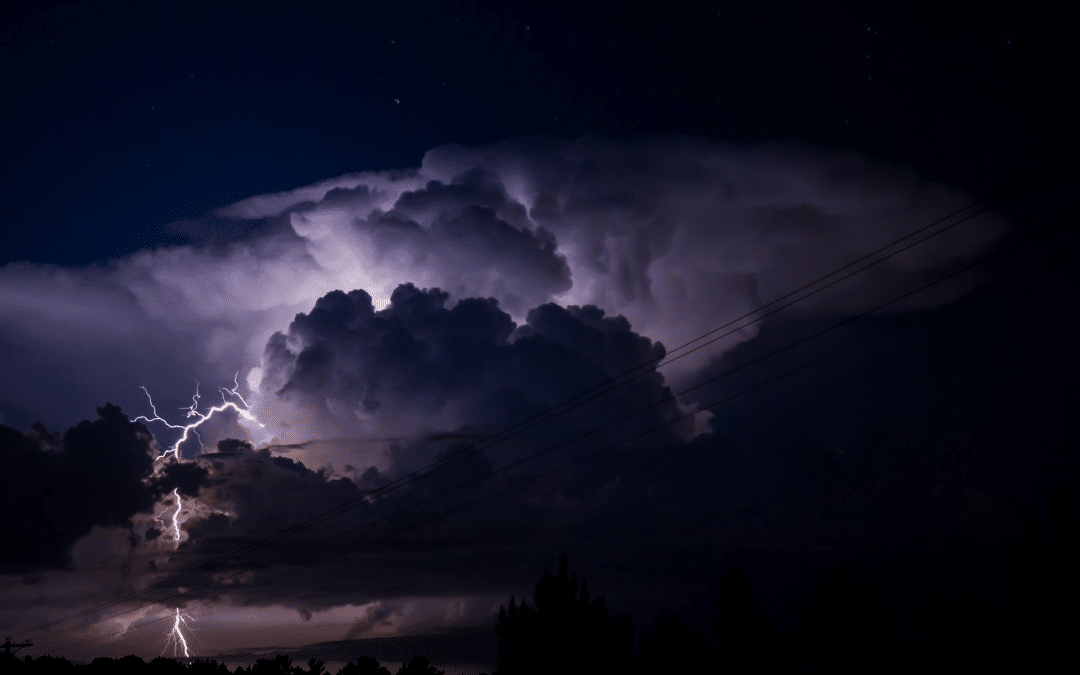When the weather takes an unexpected turn, it can dramatically alter the outcome of a legal case. From car accidents caused by slick roads to property damage from catastrophic storms, weather conditions often play a pivotal role in determining liability. However, weather data is frequently overlooked or misunderstood in legal disputes, leaving attorneys without the necessary critical evidence.
This is where forensic meteorology becomes invaluable. It involves detailed mesoscale and synoptic analysis to reconstruct past weather events, turning complex atmospheric data into compelling evidence that can sway court decisions. In this guide, we’ll explore how forensic meteorology provides causality assessments for attorneys and why hiring a forensic meteorologist is crucial for building more substantial cases.
Why Weather Data is Crucial in Legal Cases
Weather data offers an unbiased and scientific account of conditions at a specific time and place. This is particularly useful in liability cases where proving the direct impact of weather conditions—like ice, wind, or rain—is essential to establishing fault or defending against claims.
Forensic meteorology can answer key questions in litigation support: Was there freezing rain at the time of a slip-and-fall incident? Did a severe storm contribute to the property damage being claimed? With tools like isentropic analysis and hydrometeorology, forensic meteorologists provide clear answers backed by science, offering evidence that holds up in court.
The Types of Cases That Benefit Most from Forensic Meteorology
While forensic meteorology can be applied across various legal fields, it is especially effective in cases such as:
- Personal Injury: Slip-and-fall incidents, car accidents, and workplace injuries often occur under extreme weather conditions. Attorneys can use forensic meteorologists to conduct microscale meteorology assessments, pinpointing weather conditions down to the level of a street or property where the event occurred.
Property Damage: Disputes over property damage related to weather events—whether wind, hail, or flooding—require detailed meteorological analysis. Climatological analysis and frontal genesis can be instrumental in proving whether a specific weather event was severe enough to cause the claimed damage.
Catastrophic Weather Events: Large-scale weather events like hurricanes, tornadoes, and floods often lead to complex legal battles involving indemnification and subrogation. Forensic meteorologists analyze synoptic weather patterns and storm data to verify whether the event caused the damage or if other factors were at play.
Forensic Meteorology in Action: Notable Case Studies
Let’s explore a few real-world examples where forensic meteorology played a critical role in legal cases:
Case Study 1: Disproving a False Hail Damage Claim
In an insurance dispute, a property owner claimed that a severe hailstorm caused extensive roof damage and demanded a payout from the insurance company—however, the insurer suspected fraud. A forensic meteorologist performed an in-depth mesoscale and radar analysis to assess weather conditions during the reported event. The advection patterns showed no evidence of a hailstorm in that region at the time, leading to the successful denial of the claim and saving the insurer millions.
Case Study 2: Slip-and-Fall Liability Proven Through Snow Data
In a slip-and-fall case at a commercial property, the defense claimed proper snow removal was conducted, while the plaintiff argued otherwise. A forensic meteorologist examined microscale meteorology data and found snowfall had occurred the night before, with freezing temperatures creating icy conditions due to orographic lift. This supported the plaintiff’s case, leading to a favorable outcome in the lawsuit.
These case studies highlight how forensic meteorology’s thermodynamic profiling and advanced data interpretation can be critical to resolving legal disputes based on weather-related evidence.
The Science Behind Forensic Meteorology
Forensic meteorologists use various scientific tools to reconstruct past weather conditions, helping attorneys present precise and defensible evidence in court. These tools include:
- Doppler Radar: Allows for analyzing storm movement, precipitation intensity, and wind speed during hailstorms or tornadoes.
Satellite Imagery captures cloud cover, storm development, and temperature changes, which are crucial for cases involving high winds or severe storms.
- Historical Weather Records: Data from weather stations can be used in climatological analysis to assess whether a particular weather event was an anomaly or part of a typical pattern.
- Thermodynamic Profiling: This technique helps forensic meteorologists understand atmospheric stability, providing insights into whether a storm or severe weather event would likely develop based on temperature and humidity distributions.
- Isentropic Analysis: Used to evaluate atmospheric stability, forensic meteorologists rely on this data to understand whether weather events like snowstorms or rain were likely to cause hazardous conditions.
For attorneys, having access to these tools not only supports claims but also strengthens their litigation strategy, ensuring that weather data is presented clearly, scientifically, and persuasively.
How to Effectively Use Forensic Meteorology in Legal Strategies
Attorneys should engage forensic meteorologists early in the case preparation to ensure no critical weather data is overlooked. Here’s how it can benefit your strategy:
- Early Engagement: Engaging a forensic meteorologist at the start of your case enables them to collect crucial data, such as radar and satellite imagery, before it becomes harder to retrieve or less reliable.
- Collaborating with Experts: Attorneys working alongside forensic meteorologists can build a more robust legal argument. For example, a meteorologist’s causality assessment can be crucial in proving whether hazardous road conditions due to freezing rain contributed to an accident.
Forensic meteorologists offer more than just raw data. Their expert testimony and ability to explain complex weather phenomena, such as baroclinic instability or the effects of turbulent kinetic energy, can give attorneys the edge they need in court.
Forensic meteorology is a powerful tool that allows attorneys to transform weather data into decisive evidence. Whether handling a personal injury case, insurance dispute, or property damage claim, having a forensic meteorologist on your side ensures you have the scientific backing necessary to win.
Don’t let weather data be the weak link in your legal strategy. Fortify your case with expert, scientifically proven weather analysis. Contact me today (901.283.3099) or email me at [email protected] and ensure your case is supported by expert analysis that can make the difference between winning and losing.

